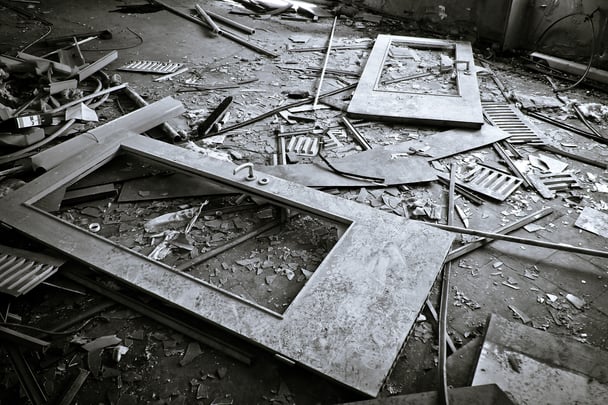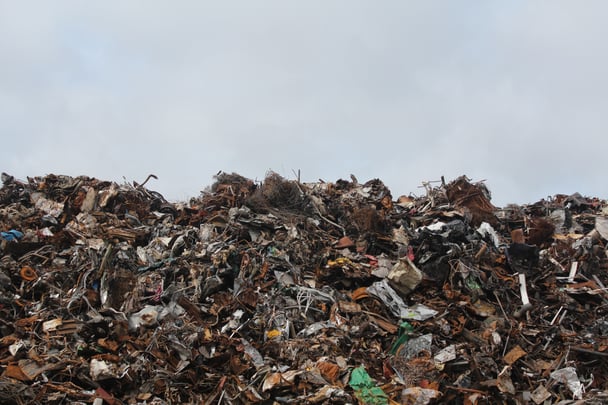
In the face of a natural disaster, who is responsible for providing relief? Governments and nonprofit organizations are an obvious first choice. But the mantle of responsibility is increasing moving to corporations to do what they can as well. According to a 2013 study by Cone Communications, 98 percent of global consumers believe companies must play a role in natural disaster response.
But how can companies provide effective relief without getting in the way? Here a few dos and don’ts for crafting your CSR disaster relief plan.
DON’T - Wait until disaster strikes
According to the Harvard Business Review, it takes at least a year to develop an effective working relationship between a corporation and an aid organization. If you wait until disaster strikes and then try to pitch in with anything other than a large cash donation, you will be adding to the chaos.
Striking up a partnership now will allow an aid organization to use your unique contributions to the fullest when the time comes. For example, Coca Cola has an ongoing relationship with Red Cross. When disaster strikes in relevant areas, they convert certain product lines into producing bottled water, and then use their own distribution network to deliver the water safely to the disaster site.
DO - Use your unique assets
In a time of disaster, the variety of needs are endless. Using the unique assets at your disposal will be the most effective (and rewarding) way to give back. During Hurricane Harvey, one furniture store opened select stores to the public, allowing victims to rest on couches and mattresses. Google introduced a real-time crisis map showing where shelters were open and closed. UPS, FedEx, and DHL all provide free or subsidized relief cargo transportation.
But it’s not just big companies that can uniquely help. One of the biggest needs in the face of earthquakes, floods and hurricanes is skilled construction labor. By allowing skilled tradespeople to dedicate in-kind hours to relief aid, you not only help engage your employees in a meaningful cause, you also provide a rare and valuable form of relief.

DON’T - Offer unsolicited goods
Organizing a food or clothing drive is well-intentioned. Disaster victims do need these things. But the logistics of getting the right item to the right person is a nightmare during a crisis. During the Sri Lankan tsunami disaster, the Colombo airport reported 288 freighter planes dropping off cargo unsolicited. Because there was no coordination with local aid organizations, the cargo sat untouched for months, and the airport ran out of fuel for getting residents out of the country.
If a disaster strikes and there’s been no predefined relief plans for your corporation, your safest bet is to organize a donation drive to give to an aid organization.

DO - Involve all your employees
When disaster strikes, people want to help, but they don’t know how. If you can involve your entire company in a relief effort, then engagement will go up. After the 2004 Sri Lankan disaster, European logistics giant TNT organized a company-wide relief effort involving in-kind employee volunteering and cash donations. Seventy-five percent of employees got involved, and 70 percent of employees reported an increased pride in working for TNT, and an increased sense of engagement.
Whether it’s allowing employees a set number of hours to volunteer (during the workweek), or creating a donation-matching program to incentivize giving, be sure to engage everyone in the company, from the CFO down to the interns. It will be a more effective relief strategy, and will boost engagement throughout the company.
Conclusion
Corporate involvement in relief efforts has moved way beyond a simple cash donation. It’s now a necessity. By starting your planning sooner rather than later and leveraging the unique assets of your company, you’ll be able to effectively provide relief and boost employee engagement. If your business will be directly involved with restoration or rebuilding efforts, check out this mini case study of how TPD was able to help with the Fort McMurray wildfires by recruiting over 10,000 staff in a few days.
Filed under Expert Series

.png?width=2400&name=HQ%20TPD%20careers%20hero%20(1).png)



